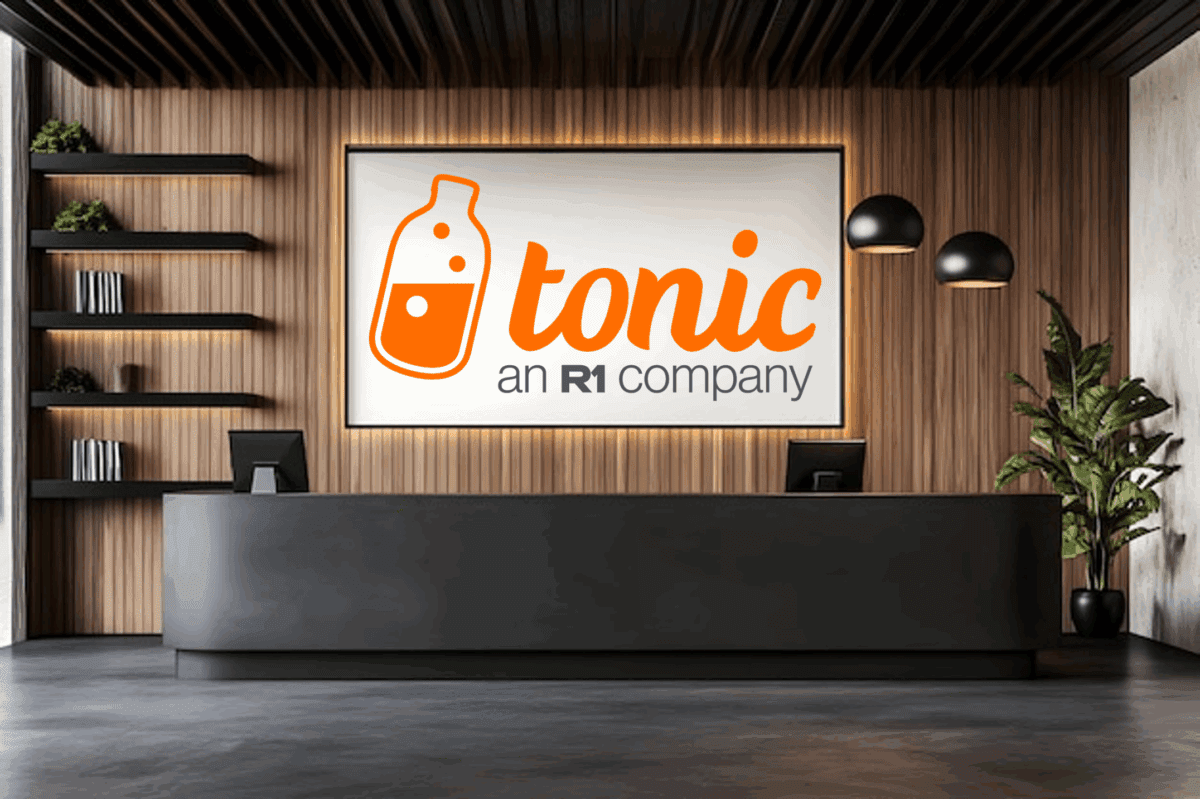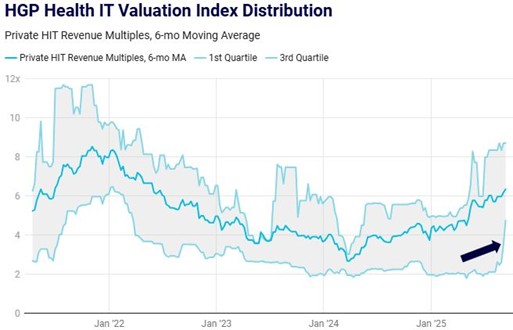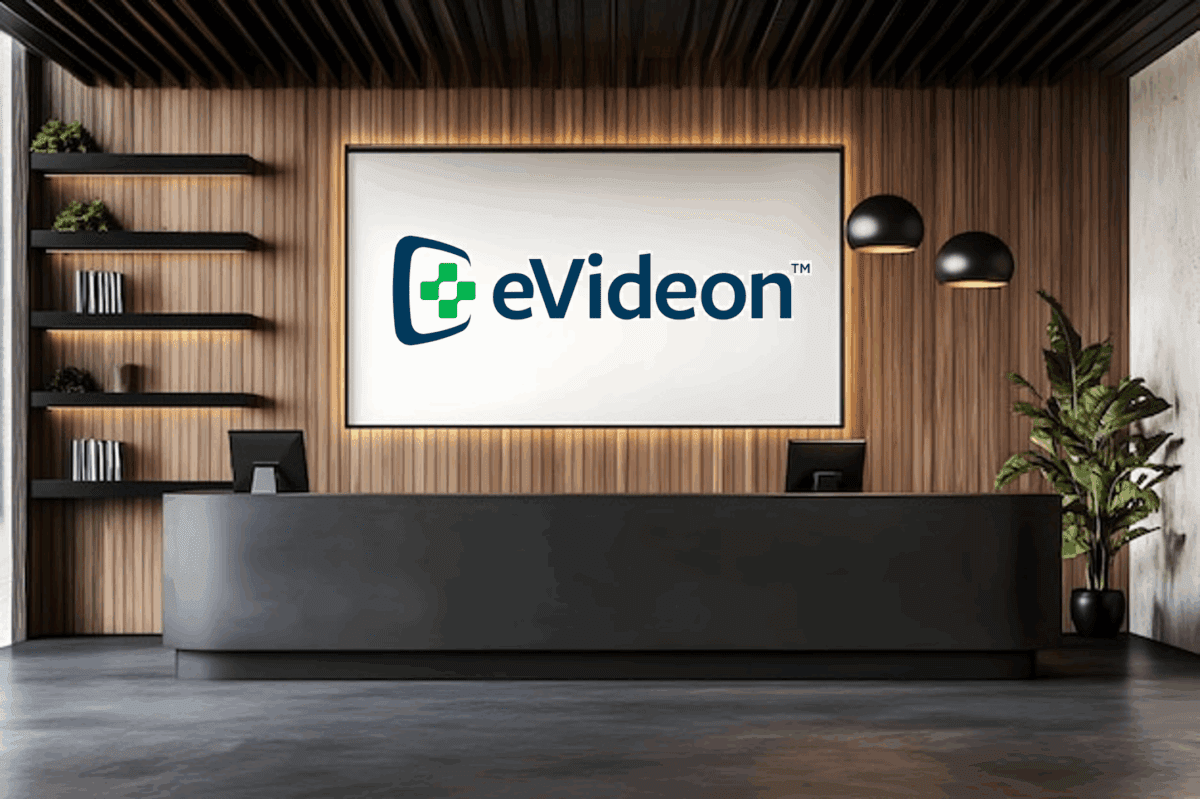Three venture-backed health IT companies completed IPOs in July, ending an almost three-year drought of health IT IPOs. Share prices soared following each IPO, indicative of the enthusiastic response and a desire to see more health IT companies make their way toward public debuts. Composition of revenue, gross margin, and growth are key differentiators between these and all companies and key drivers of valuation. Given the enthusiastic shareholder response to these listings, we expect to see more health IT IPOs follow suit. A comparison of these companies reveals the fundamentals that underlie the headlines.

Phreesia
Phreesia IPO’d on July 18 and as of August 26 trades at an enterprise value of approximately $1.19 billion. Analysts project approximately $100mm revenue in 2019, which consists of three components: SaaS (44% of revenue with 36% growth), Payment Processing (37% of revenue with 29% growth), and Life Sciences (19% of revenue with 2% growth). With a blended multiple 10.2x 2020E revenue, the implied multiple for the high growth subscription and payments revenue is arguably much higher than the low growth Life Sciences revenue. Analysts project a 39% gross margin in 2020 and 3-year revenue CAGR of 21%.

Health Catalyst
Health Catalyst IPO’d on July 25 and as of August 26 trades at an enterprise value of approximately $1.51 billion. The revenue mix for Health Catalyst is the most complex, with an estimated mix of 54% software and 46% services in 2019. However, the company’s acquisition of Medicity represents a declining $25 million revenue stream, meaning the company needs to grow its existing revenue even faster to offset this decline. Even with the drag of Medicity, analysts expect overall revenue to climb at a 27% CAGR through 2020 with 51% gross margins.

Livongo
Livongo IPO’d the same day as Health Catalyst and as of August 26 trades at an enterprise value of approximately $3.19 billion. Analysts project approximately $157mm revenue in 2019 comprised mostly of monthly membership revenue associated with the company’s diabetes care management platform. Of the three companies, Livongo has the highest share of recurring revenue, the highest growth rate, the highest gross margin, and the highest valuation. The company’s valuation will be highly sensitive to growth and expectations for growth – analysts project a three-year CAGR of approximately 95% through 2020, which includes expectations for revenue diversification beyond diabetes into other clinical indications, such as hypertension and behavioral health management.

Disclaimer: The content presented here is designed for educational and informational purposes only. Such information is not intended to convey investment advice or make recommendations regarding any security. Decisions based on such information are the sole responsibility of the user.


